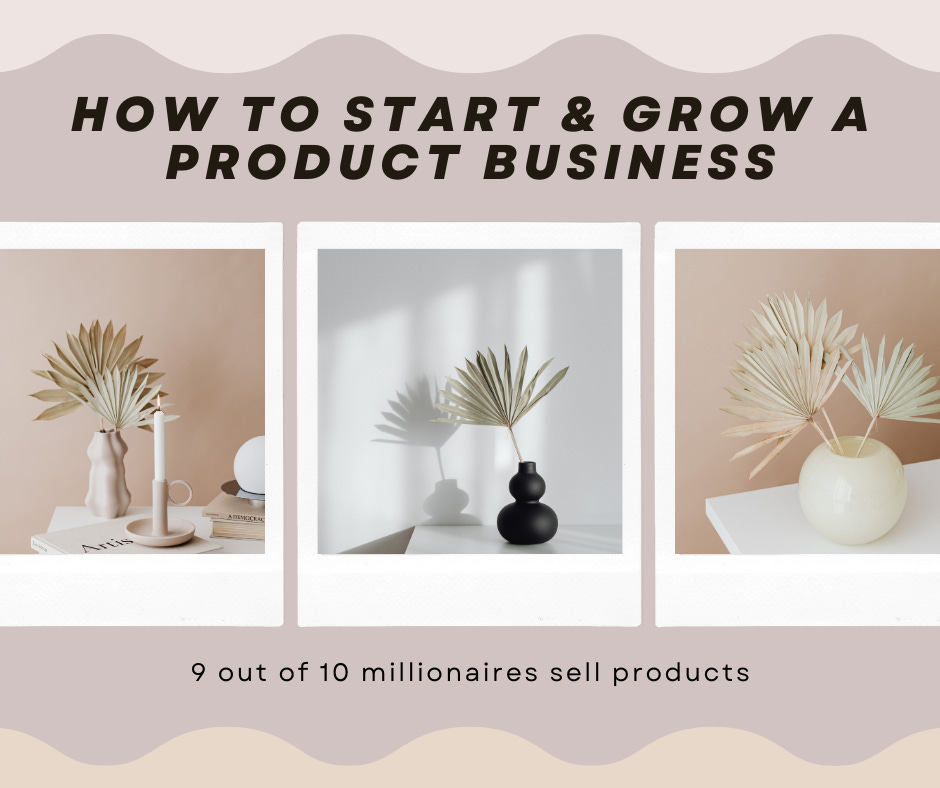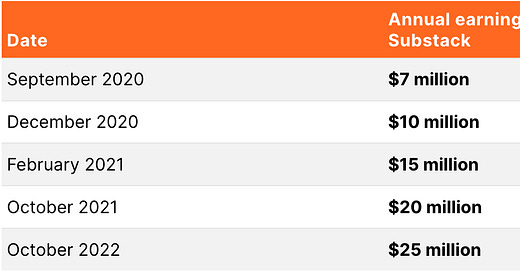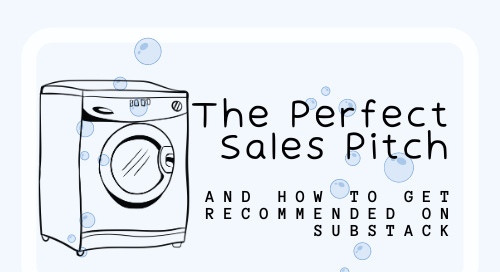

Discover more from Smarter Solopreneurs
9 out of 10 millionaires sell products.
That goes for physical products, software products and digital products.
Which is why everyone wants to sell products.
But a product business is difficult to set up.
Luckily, you have me on your side.
By the end of this post, you’ll know how to set up and grow your product business.
Want more details or have questions? Let me know in the comments and I’ll respond or write a new post about it.
What’s great about a product business
Super scalable. Once you have the right set-up, you can create and sell millions of products with minimum extra effort.
Infinite income potential. Marie Forleo has sold her signature business program, B-School (a digital product), to 80,000 people. It costs $2000. You do the math.
Complete freedom. A product business can run without you, easy.
What’s not so great about a product business
Difficult to start. It takes resources to create or buy the product(s) you’ll be selling.
Takes time to build. Unlike a service business where you can start offering your services today and have a client tomorrow, a product business takes a while to get off the ground.
Takes marketing know-how. You need to know how to create a working marketing & sales infrastructure to sell your products.
Product business monetization
This one is pretty straightforward, right?
Sell products. Duh. Most often, solopreneurs sell digital products, software products or physical products online.
Sell memberships that offer regular access to products. This applies to everything, not just digital products. Example: beauty subscriptions where you get a box of cosmetic products every month.
The earning potential of a product business
Dan Koe. Dan Koe made $4.5 million in 2023, primarily from selling his signature programs The 2-Hour Writer, Digital Economic and Modern Mastery.
A friend (who chose to remain anonymous). One of my best friends started as a solopreneur selling different custom-designed products on Etsy in 2015. In a few years, her solo business grew into a full-blown enterprise. She currently sells ±100,000 cake-toppers every month.
Nathan Barry. Nathan Barry is best known as the founder of ConvertKit (a software product), but he also sells educational products through Gumroad. On his website, Nathan describes what he does in just one sentence: I design products. He currently makes around $20 million per year.
How to start a product business
See what people need. Before diving into your product business, dedicate time to research. Explore trending keywords and observe industry trends. Create relevant content on social media to notice audience preferences. Even if you’ve begun, revisiting this step can refine your strategy.
Create a few products. Don’t limit yourself to one product when starting a business. Experiment with various ideas to find what clicks, especially with digital products. Perfectionism can stall progress. Try multiple mini-products to gauge success and iterate from there. To learn how to create best-selling mini-products fast, you can get my eBook on the topic here.
Define your audience. The sooner you do this, the sooner you’ll start to sell more. It’s easier for me to buy when you talk to me, rather than when you talk to everyone. You could market the same product in different ways based on who you sell it to.
Put your product in front of your audience. Do they shop on Etsy and Amazon? Do they hang on IG? Do they read posts on Medium or Substack? Do they hire or look for work on LinkedIn? Choose only 2 platforms and go all in on them. That’s enough for a start.
Get as many reviews of your products as possible. It’s fine to gently ask/remind customers to leave you reviews. It’s fine to offer your products for free at first to get more reviews. As long as you don’t use fake reviews, anything goes.
Start selling early, keep selling late. Some people will upload a product and just… wait.
Sell before, during, and after launch. Pre-launch, talk about your product daily. Days leading to launch, mention it thrice daily. Post-launch, keep selling daily for a week, then regularly in relevant content, about 2–3 times monthly. Applies to all products.
Adjust. Stay adaptive. Find what sells best and go deeper. If your best-selling product drops, don’t get discouraged. Improve marketing and/or offer a new product. Keep optimizing for success.
How to grow a product business
Go deeper into marketing, including branding, copywriting and pricing. Let me know if you want to book a one-off coaching session with me where we’ll develop your marketing strategy.
Brand & position your product the best way you can. Create a website, and build credibility.
Include 2 more platforms in your marketing efforts. The more people see you, the more they trust you.
Build partnerships. Who can sell your products for you? Whose products can you sell that will go well with yours? Can you put your products in local stores? Can you get affiliates? Who can you get to mention your product? Building key partnerships can explode your product business.
Thank you for reading One-Person Business Success
To unlock the full archives and get access to The Doers Monthly Club (where you achieve one meaningful goal every month with the support of our community), consider becoming a paid subscriber.



















Thanks for the tips. I've been working on a digital product, which I'll launch soon. This is valuable advice.
Yet again, wise words Maya. I like to re-read your posts. Some are from before I subscribed, some are newer, but all are worth reading-reading. Like a good book, or a great piece of art. There is always more to be found the second, third and fourth time round. I have the physical products and have been reluctant to expand into digital downloads. Downloads however may help me with my biggest problem; marketing. But there again that’s why I’m with you.